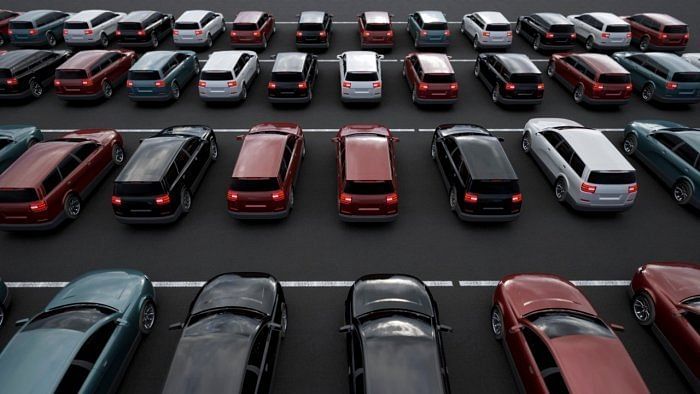
Representative image.
Credit: iStock Photo
Bengaluru: The growth in the revenues of the Indian auto component industry is expected to moderate to 5-7 per cent in the current fiscal year (FY25), from the highs of 14 per cent seen last fiscal, according to a report by the research and ratings agency, ICRA, tabled on Thursday.
This, at a time the industry is expected to incur capital expenditure (capex) of Rs. 20,000-25,000 crore in FY25 towards capacity expansion and technological developments. In fact, capex is anticipated to hover around 8-10 per cent of operating income over the medium term, with the PLI scheme also pushing it towards advanced technology and electric vehicle (EV) components.
Operating margins are estimated to increase by about 0.5 per cent (50 basis points) in FY25 compared to the previous fiscal due to better operating leverage, higher content per vehicle, and value additions while remaining exposed to any sharp volatility in commodity prices and foreign exchange rates.
The estimated fall in revenue growth in FY25 stems from the expected slowdown in the growth pace of domestic original equipment manufacturer (OEM) segment which will reduce the demand for components; lower-than-expected growth rate in the new vehicle registrations in Europe and the US due to geopolitical tensions and weak global macroeconomic environment, affecting export demand over the next few quarters.
Further, the disruption along the Red Sea route has resulted in a surge in container rates by 2-3 times in 2024 compared to 2023, while shipping time has also increased by 2 weeks. Given that close to two-thirds of the auto component exports are to North America and Europe, and one-third of the imports come from these regions, a sharp and sustained increase in freight rates could have a bearing on margins for these players over the next few quarters.
However, factors like----outsourcing components from Indian auto component makers by global OEMs; expected opportunities to Indian players in metal casting and forgings because of the manufacturing units in European Union becoming unviable leading to their closure; aging of vehicles and increased sales of used vehicles in global markets aiding the export of components for the replacement segment in overseas markets--- are all expected to augur well for the industry in the long term.
ICRA expects EVs to account for around 25 per cent of domestic two-wheeler sales and 15 per cent of passenger vehicle sales by 2030. This would translate into a strong market potential for EV components by 2030. The EV transition process is likely to affect the engine and drive transmission components and could also have a bearing on the aftermarket demand because of fewer moving parts.